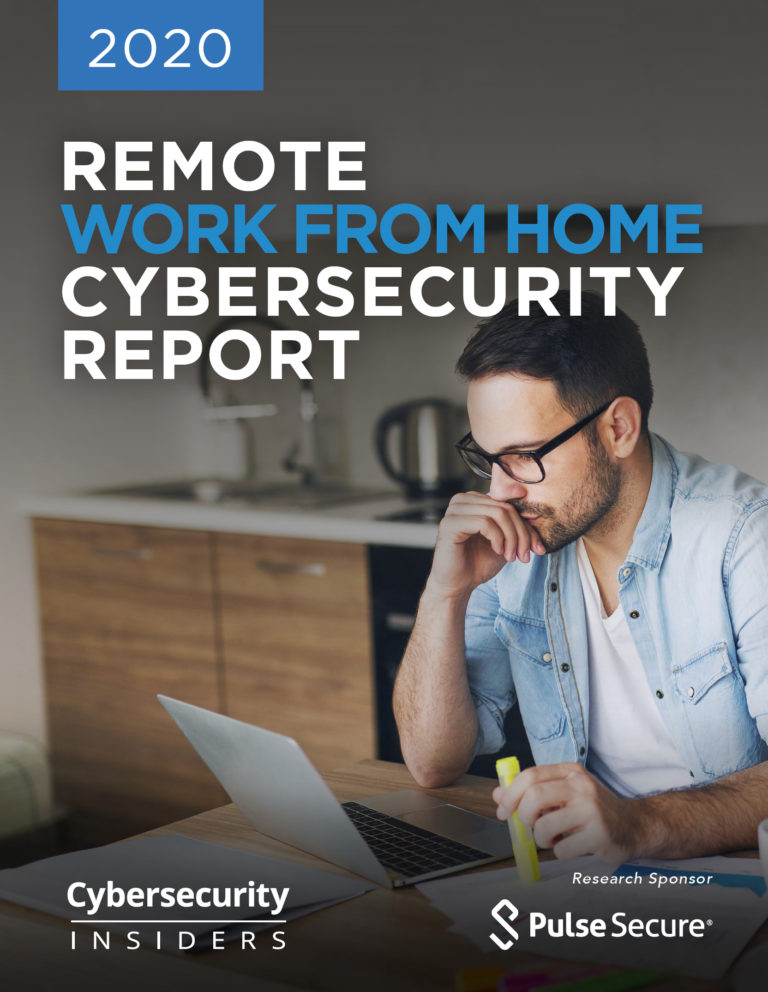Download the 2020 Remote Workforce Security Report by completing the form on the right.
Secure Access solutions keep businesses running by enabling safe remote computing and connecting people and devices to the data center and cloud applications — even during the most unpredictable circumstances.
As the impact of the Coronavirus (COVID-19) intensified and became a pandemic, the World Health Organization suggested that citizen work from home, and avoid using public transportation and office environments as a precaution to mitigate the spread and risk of infection.
At the start of 2020, government and local officials across the globe began advising and requiring citizens to shelter in place and cease on-premises work for all but essential businesses. Companies initiated immediate actions to expand and facilitate remote work from home (WFH) capabilities. Beyond potentially impacting user productivity, this emergency workplace shift and rapid need for remote work capacity threatened IT infrastructure, business continuity and information security.
This 2020 Remote Work From Home Report, sponsored by Pulse Secure and produced by Cybersecurity Insiders, offers an in-depth perspective on how enterprises transitioned workers and resources, and reveals WFH cybersecurity challenges, concerns, strategies, and anticipated outcomes. The survey, conducted in May of 2020, polled over 400 IT security decision-makers, practitioners, and companies of varying sizes across multiple industries. The survey found that 84% of companies anticipate broader and permanent remote work and nearly one-third plan to increase their budget for secure access in the near-term.
Key findings include:
• More than a 3x increase in WFH user capacity expansion with over 75% of organizations providing nearly 100% coverage
• 33% of businesses were insufficiently prepared for emergency remote secure access
• 54% will accelerate more workflows and apps to the cloud
• 38% of organizations experienced productivity gains and other benefits
• 84% anticipate broader and permanent WFH programs
• Over half expect to increase a secure access budget over the next twelve months (beyond April 2020)
• 66% expect increased WFH security threats and 63% foresee that WFH could expose compliance risks
• Malware, phishing, unauthorized user and device access, and unpatched systems were perceived as the highest WFH attack vectors
• Anti-virus/malware, firewall, SSL VPN, multi-factor authentication and backup were the top employed solutions to ensure WFH security/business resiliency
Many thanks to Pulse Secure for supporting this important research project.
We hope you find this report informative and helpful as you continue your efforts to protect your IT investments, ensure business continuity, and safeguard your employees.
We hope you’ll find this report informative and helpful as you continue your efforts in protecting your IT environments against insider threats.

















